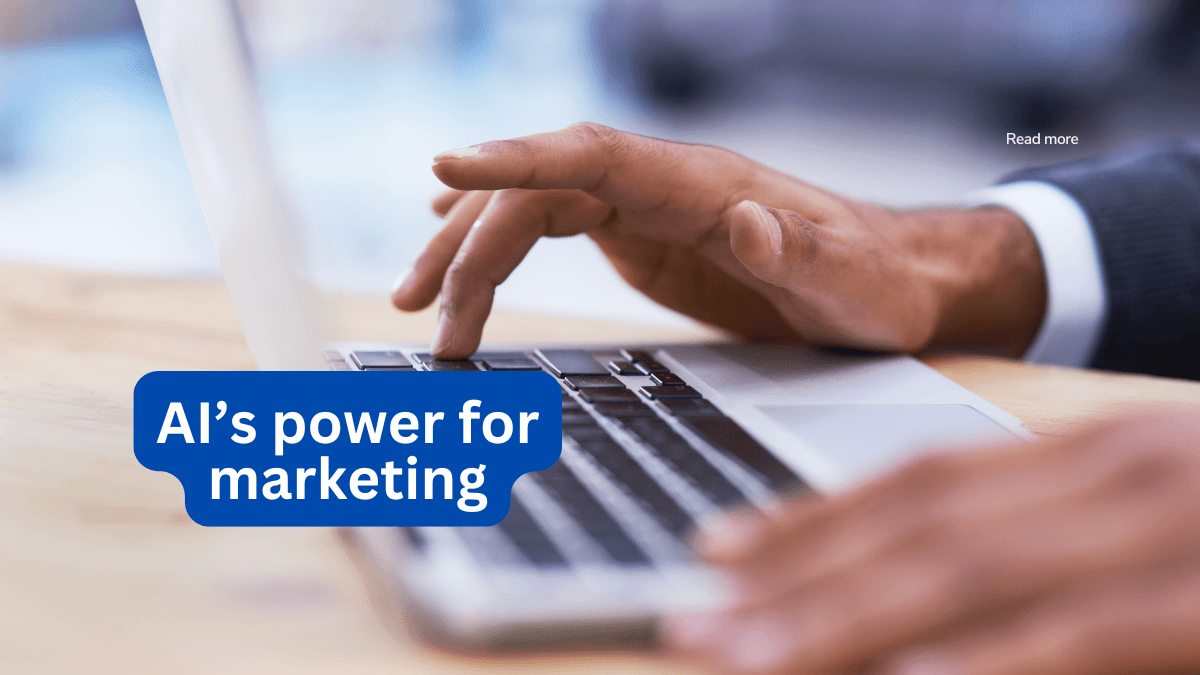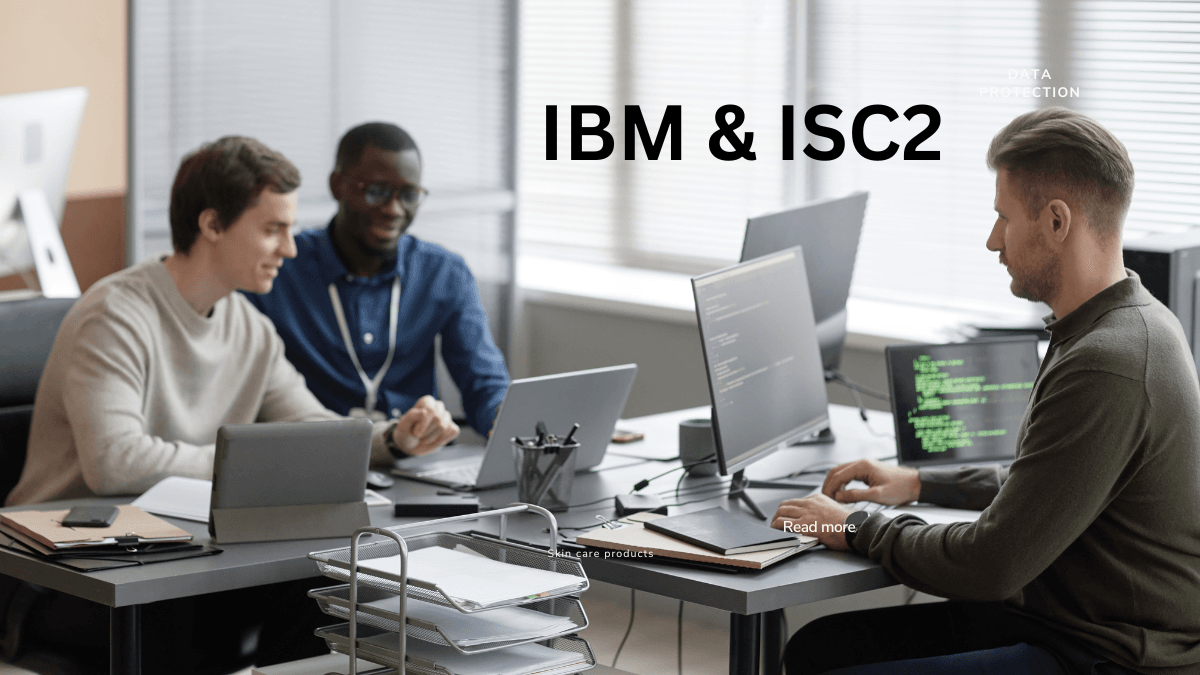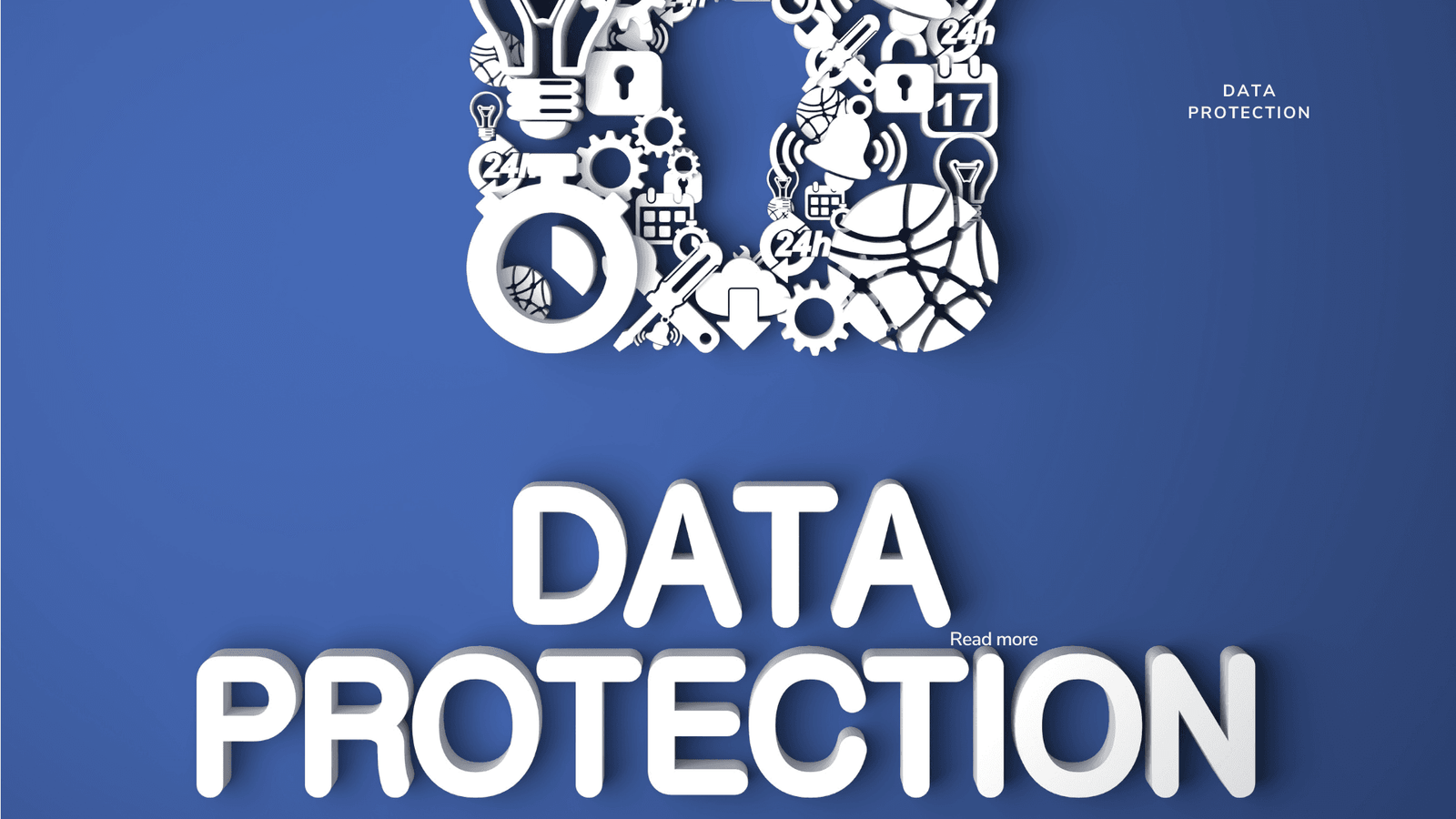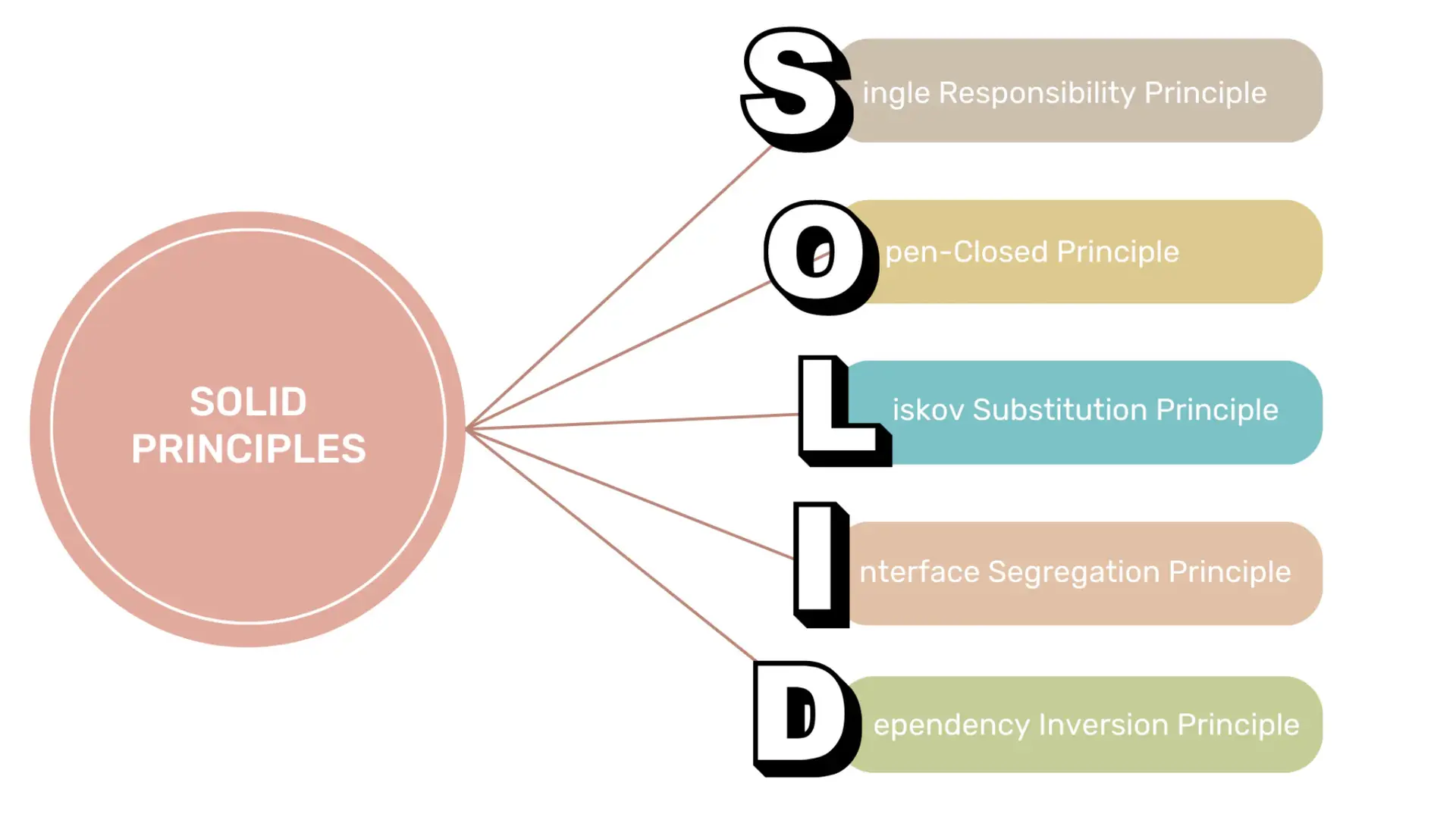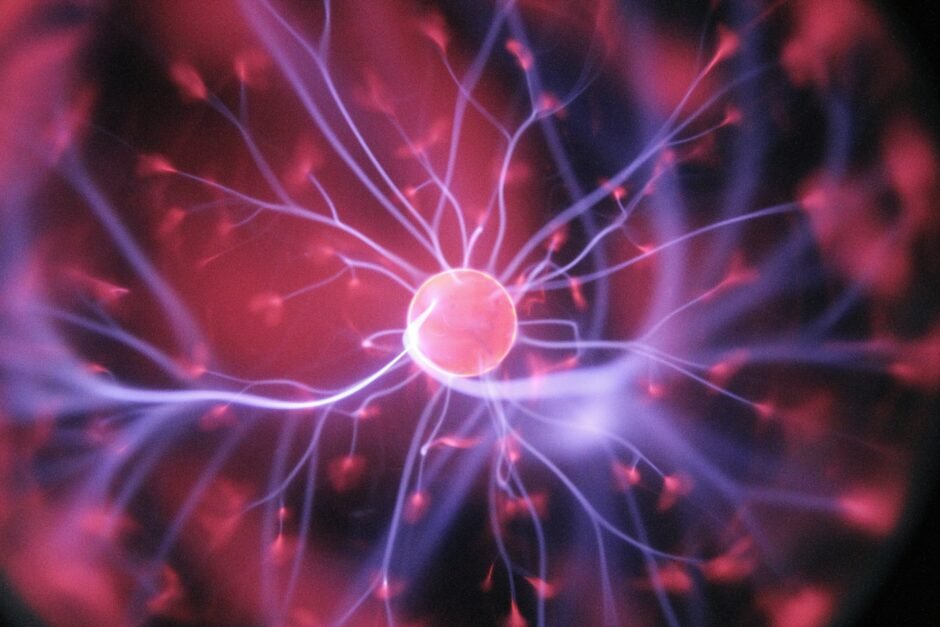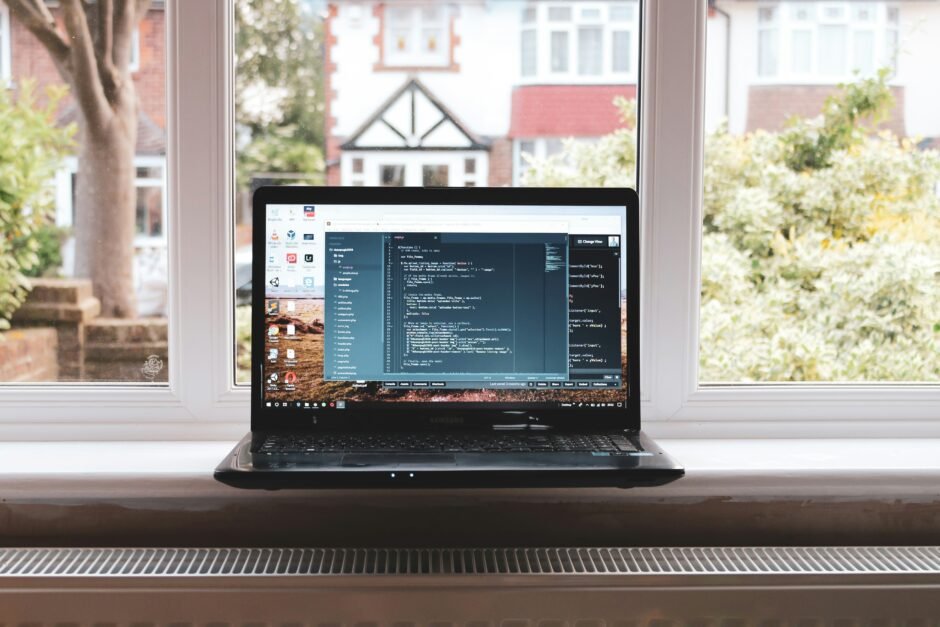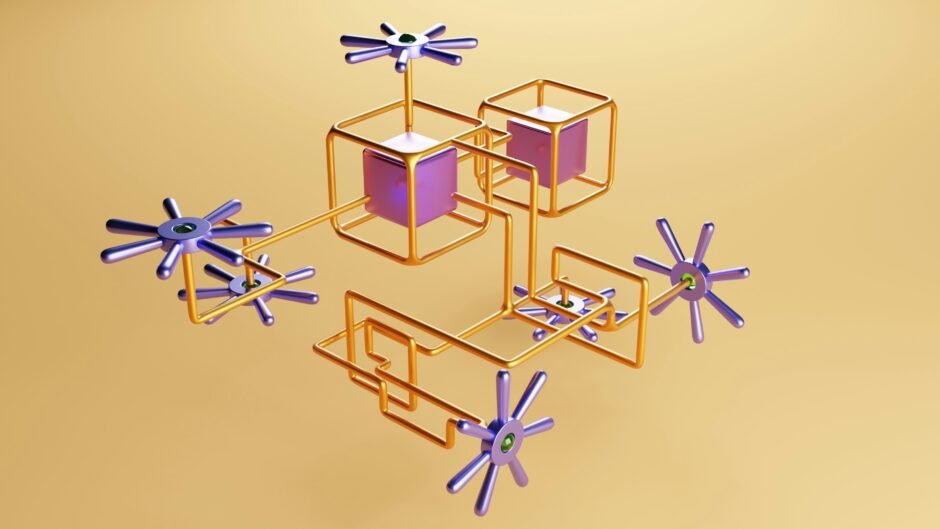Learn about VLAN Trunking Protocol (VTP) and how to enable it on Cisco switches. VTP simplifies VLAN management and improves network performance. Understand the different VTP modes and follow best…
Understanding Cisco Discovery Protocol (CDP)

Cisco Discovery Protocol (CDP) is a proprietary Layer 2 network protocol developed by Cisco Systems.
It enables Cisco devices to discover and learn about other Cisco devices connected to the network.
CDP operates at the data link layer of the OSI model and provides valuable information about neighboring devices, such as device type, capabilities, and network connections.
This blog post explores how CDP works, its benefits for network administrators, how to configure CDP, and provides real-world examples of its usage.

Understanding CDP and its benefits can greatly enhance network management and overall efficiency.
Introduction
Cisco Discovery Protocol (CDP) is a proprietary Layer 2 network protocol developed by Cisco Systems.
It enables Cisco devices to discover and learn about other Cisco devices connected to the network.
CDP operates at the data link layer of the OSI model and provides valuable information about neighboring devices, such as device type, capabilities, and network connections.
How Does CDP Work?
CDP works by exchanging information between Cisco devices connected to the same network.
When a Cisco device is powered on and connected to a network, it sends out CDP advertisements, known as CDP packets, at regular intervals.
These packets contain information about the device, such as its hostname, IP address, and the interface through which it is connected.
Neighboring Cisco devices receive these CDP packets and update their CDP tables accordingly.
The CDP table stores information about neighboring devices and their interfaces.
This information is then used by network administrators and Cisco devices to understand the network topology and make informed decisions.

Benefits of Using CDP
CDP offers several benefits for network administrators:
1. Network Discovery and Topology Mapping
CDP allows network administrators to discover and map the network topology.
By analyzing the CDP tables of Cisco devices, administrators can understand how devices are interconnected and identify potential network loops or misconfigurations.
2. Device Identification
CDP provides valuable information about neighboring Cisco devices, such as their device type, model, and capabilities.
This information helps administrators identify the devices connected to the network and verify their configurations.
3. Troubleshooting and Diagnostics
CDP can be used for troubleshooting network connectivity issues.
By examining the CDP tables, administrators can identify the neighboring devices and the interfaces through which they are connected.
This information can help in diagnosing and resolving network problems.
CDP Configuration
CDP is enabled by default on most Cisco devices. However, it can be configured to meet specific requirements. Here’s an example of how to enable CDP on a Cisco switch:
Switch(config)# cdp run
In this example, the “cdp run” command is used to enable CDP globally on the switch. Once enabled, the switch will start sending CDP advertisements and receiving CDP packets from neighboring devices.
CDP Examples
Here are a few examples of how CDP can be used in real-world scenarios:
Example 1: Network Troubleshooting
Suppose a network administrator receives a complaint about a connectivity issue between two switches.
By examining the CDP tables of the switches, the administrator can verify the physical connection between the switches and identify any misconfigurations.
Example 2: Device Inventory Management
A network administrator needs to keep track of all the Cisco devices connected to the network.
By periodically checking the CDP tables, the administrator can gather information about the devices, such as their serial numbers and software versions, and maintain an up-to-date inventory.
Example 3: Network Documentation
When documenting a network infrastructure, CDP can provide valuable information about the network topology.
By analyzing the CDP tables, network diagrams can be created, showcasing the interconnections between devices and helping in future troubleshooting and expansion.

Conclusion
Cisco Discovery Protocol (CDP) is a powerful tool for network administrators to discover, map, and manage Cisco devices in a network.
By enabling CDP and utilizing its features, administrators can gain valuable insights into the network topology, troubleshoot connectivity issues, and maintain an accurate inventory of connected devices.
Understanding CDP and its benefits can greatly enhance network management and overall efficiency.
here are 15 multiple-choice questions (MCQs) along with their respective answers on the topic of “Cisco Discovery Protocol (CDP)”:
MCQs:
What is the primary function of Cisco Discovery Protocol (CDP) in networking?
A) Identifying neighboring Cisco devices
B) Managing IP address assignments
C) Encrypting network traffic
D) Configuring VLANs
Answer: A) Identifying neighboring Cisco devices
Which layer of the OSI model does Cisco Discovery Protocol operate at?
A) Physical layer
B) Data link layer
C) Network layer
D) Transport layer
Answer: B) Data link layer

What type of information does CDP provide about neighboring Cisco devices?
A) MAC addresses
B) IP addresses
C) Device type and capabilities
D) Routing tables
Answer: C) Device type and capabilities
Which command is used to enable CDP globally on a Cisco device?
A) enable cdp
B) cdp enable
C) cdp run
D) enable discovery
Answer: C) cdp run
What is the default interval for CDP advertisements to be sent?
A) 30 seconds
B) 60 seconds
C) 90 seconds
D) 120 seconds
Answer: B) 60 seconds
Which command displays information about neighboring Cisco devices discovered by CDP?
A) show cdp neighbors
B) display cdp neighbors
C) cdp show neighbors
D) show neighbors cdp
Answer: A) show cdp neighbors
What does the CDP hold time refer to in Cisco Discovery Protocol?
A) Time before CDP advertisements expire
B) Time interval for sending CDP packets
C) Time to update device capabilities
D) Time to refresh MAC tables
Answer: A) Time before CDP advertisements expire

What happens if a device stops receiving CDP packets from a neighbor before the hold time expires?
A) The device marks the neighbor as down
B) The device increases the CDP interval
C) The device resets its MAC table
D) The device reboots to update CDP settings
Answer: A) The device marks the neighbor as down
Which Cisco command disables CDP on a specific interface?
A) no cdp run
B) cdp disable
C) no cdp enable
D) cdp shutdown
Answer: C) no cdp enable
What does CDP Version 2 offer in comparison to earlier versions of CDP?
A) Enhanced security features
B) Improved data link layer encryption
C) Support for IPv6
D) Higher transmission speed
Answer: C) Support for IPv6
Which command allows a Cisco device to send CDP packets on specific interfaces only?
A) cdp enable
B) cdp run
C) cdp advertise
D) cdp transmit
Answer: C) cdp advertise
What type of information does CDP NOT provide about neighboring devices?
A) Device model and version
B) IP routing table entries
C) Platform type
D) Neighbor port ID
Answer: B) IP routing table entries
Which command disables CDP globally on a Cisco device?
A) no cdp run
B) cdp shutdown
C) disable cdp
D) cdp off
Answer: A) no cdp run

Which layer of the OSI model is responsible for encapsulating CDP information into Ethernet frames?
A) Physical layer
B) Data link layer
C) Network layer
D) Transport layer
Answer: B) Data link layer
What security risks might be associated with enabling CDP on all interfaces in an untrusted network environment?
A) Increased broadcast storms
B) Exposure of device details to potential attackers
C) Enhanced firewall vulnerabilities

https://itexamsusa.blogspot.com/2023/12/a-comprehensive-guide-to-machine.html
https://itexamsusa.blogspot.com/2023/10/exam-dp-203-data-engineering-on.html
https://itexamsusa.blogspot.com/2023/10/ccnp-enterprise-advanced-routing-enarsi.html
https://itexamsusa.blogspot.com/2023/10/comptia-project-pk0-005-cert-guide.html
https://itexamsusa.blogspot.com/2023/09/spring-framework-5-to-build-end-to-end.html
https://itexamsusa.blogspot.com/2023/08/how-to-become-blockchain-developer.html
https://itexamsusa.blogspot.com/2023/07/ultimate-blogging-tips-for-beginners.html
https://itexamsusa.blogspot.com/2023/07/cisco-bandwidth-vs-clock-rate-and-speed.html
